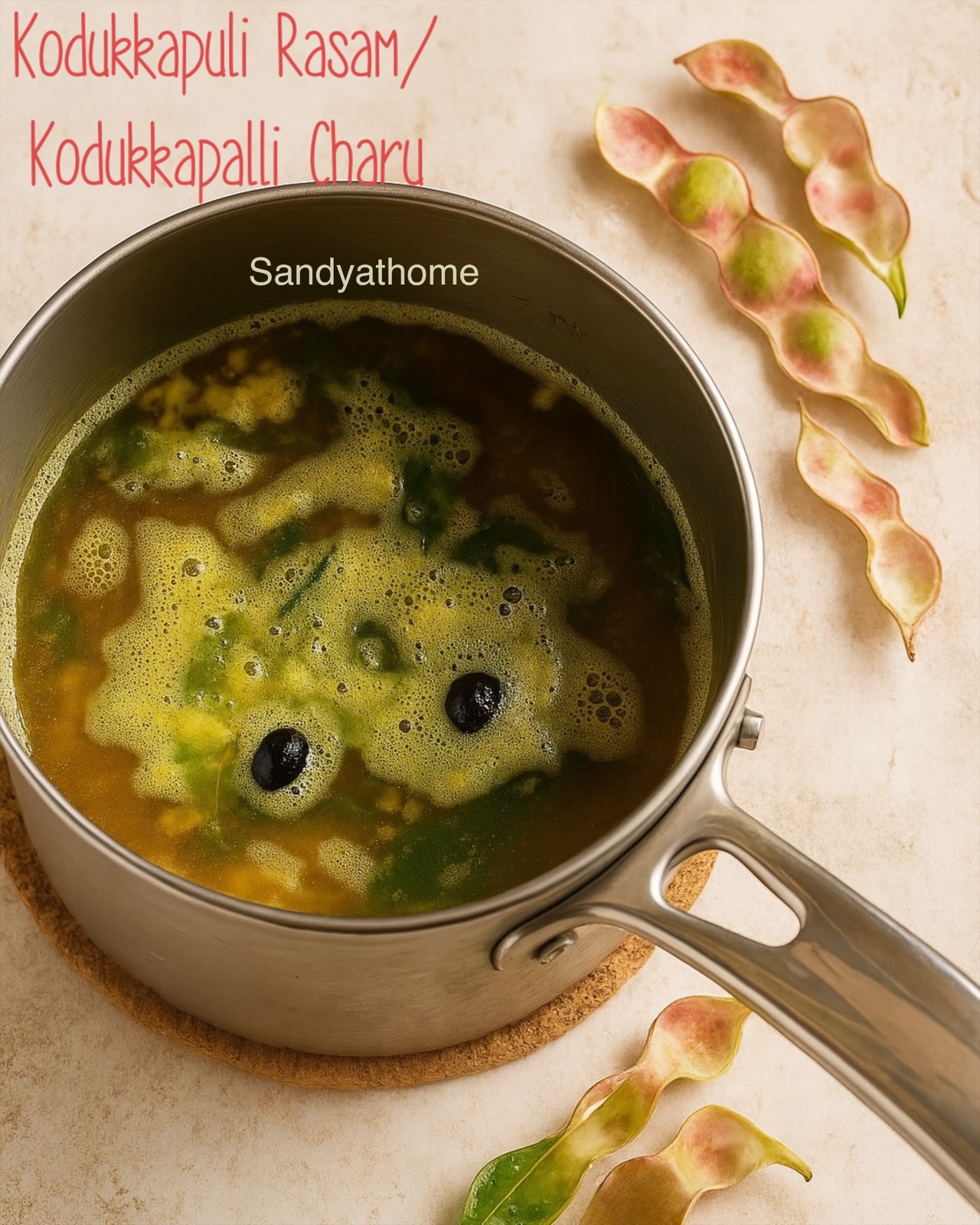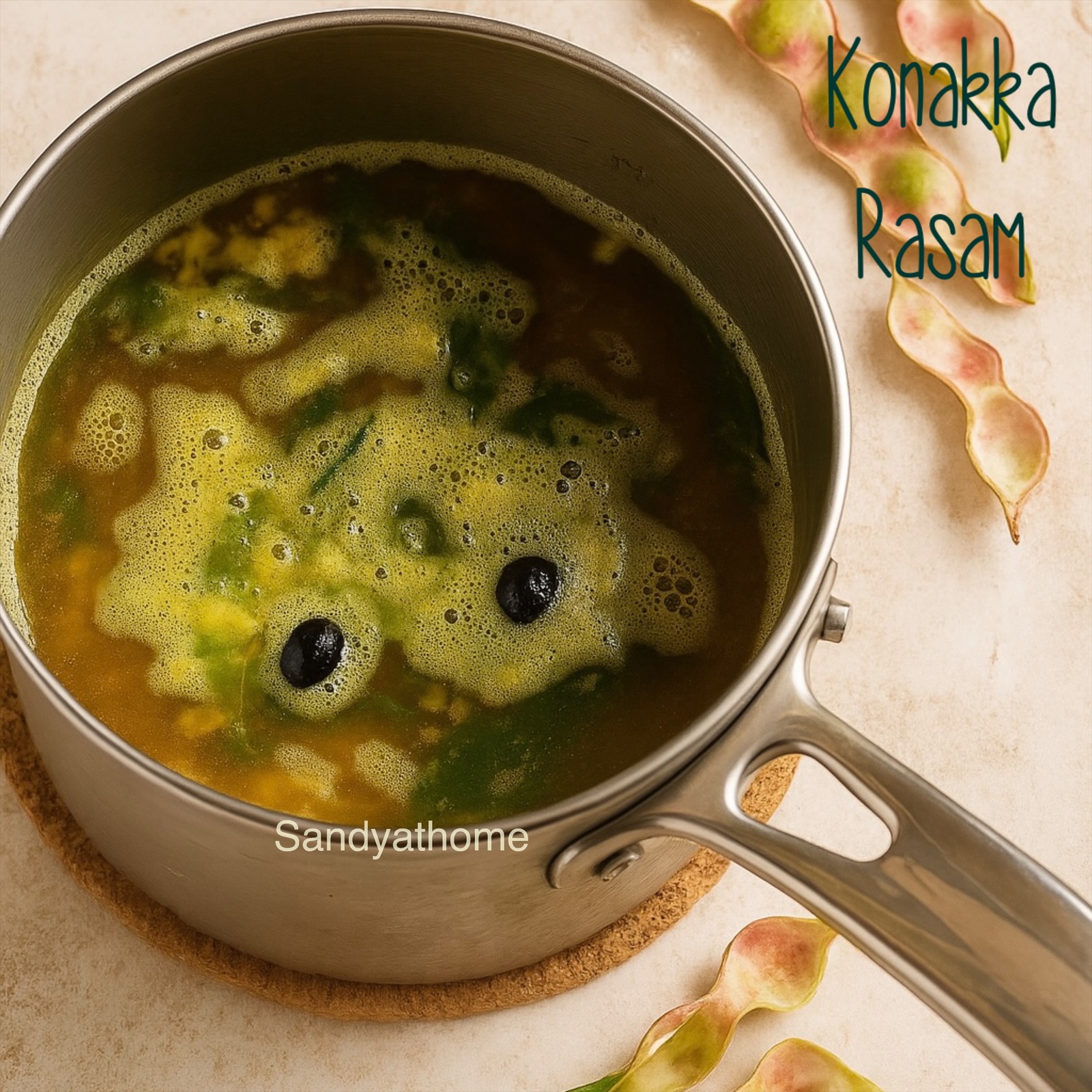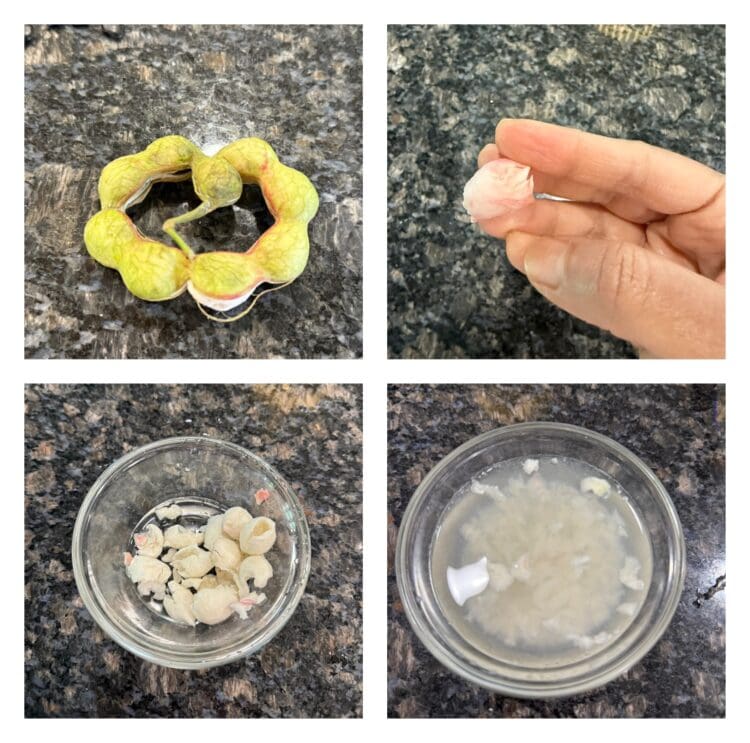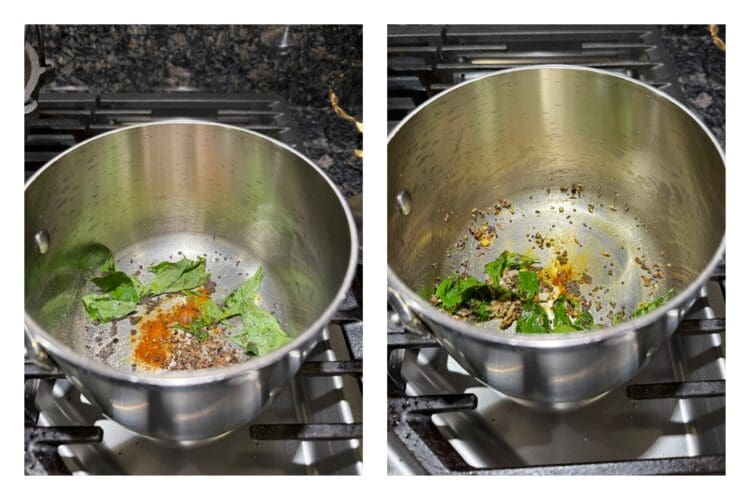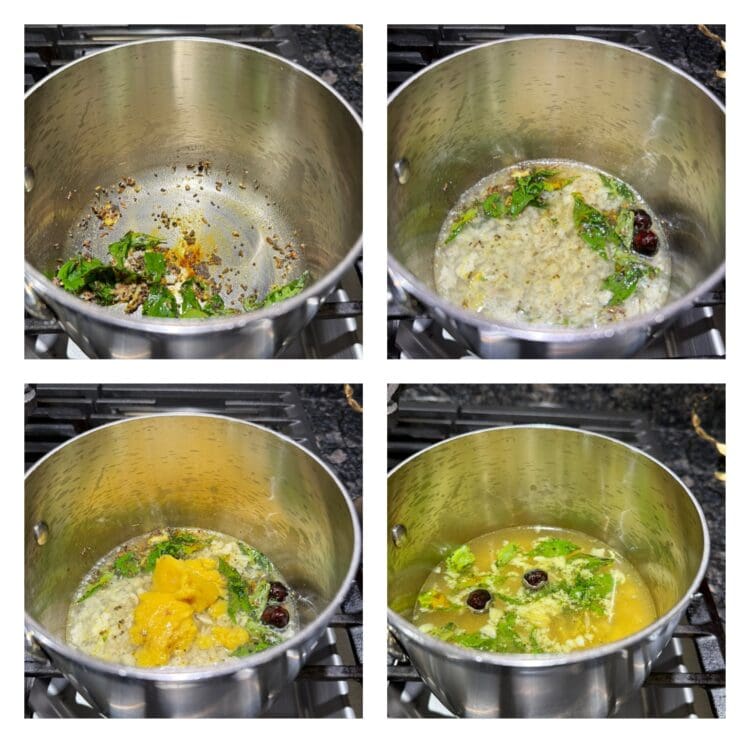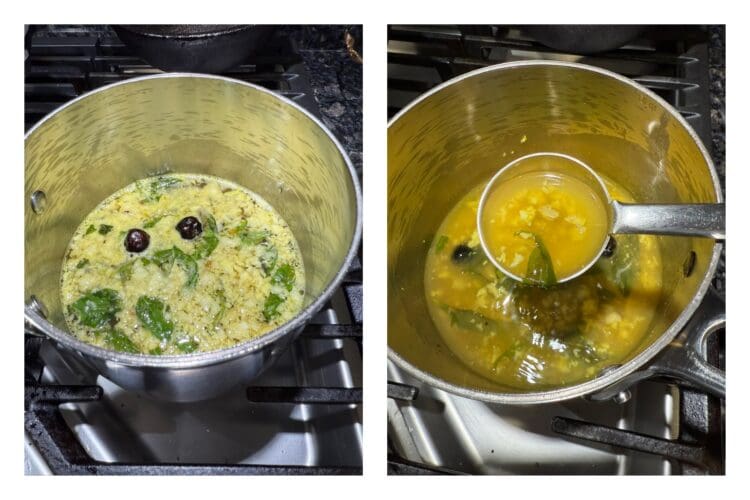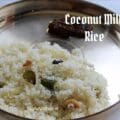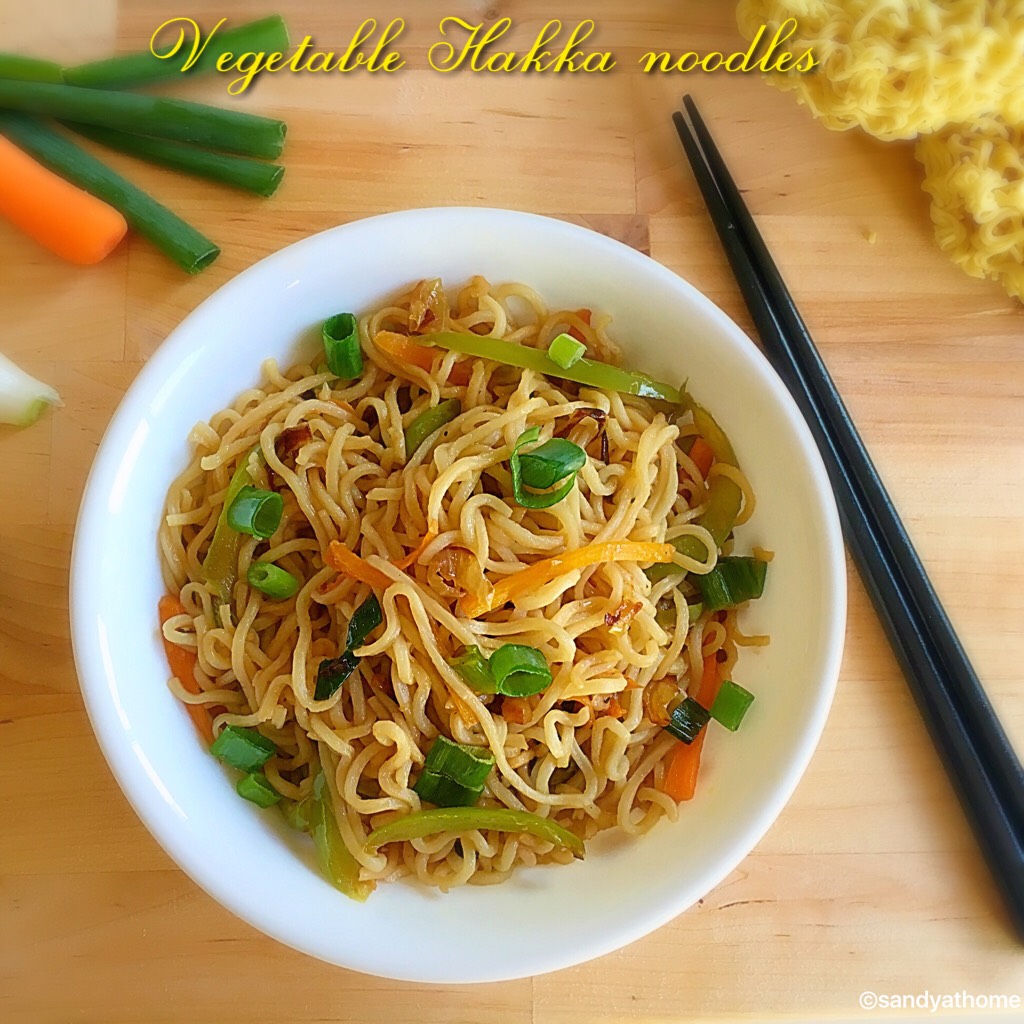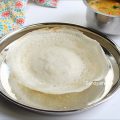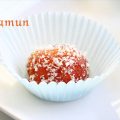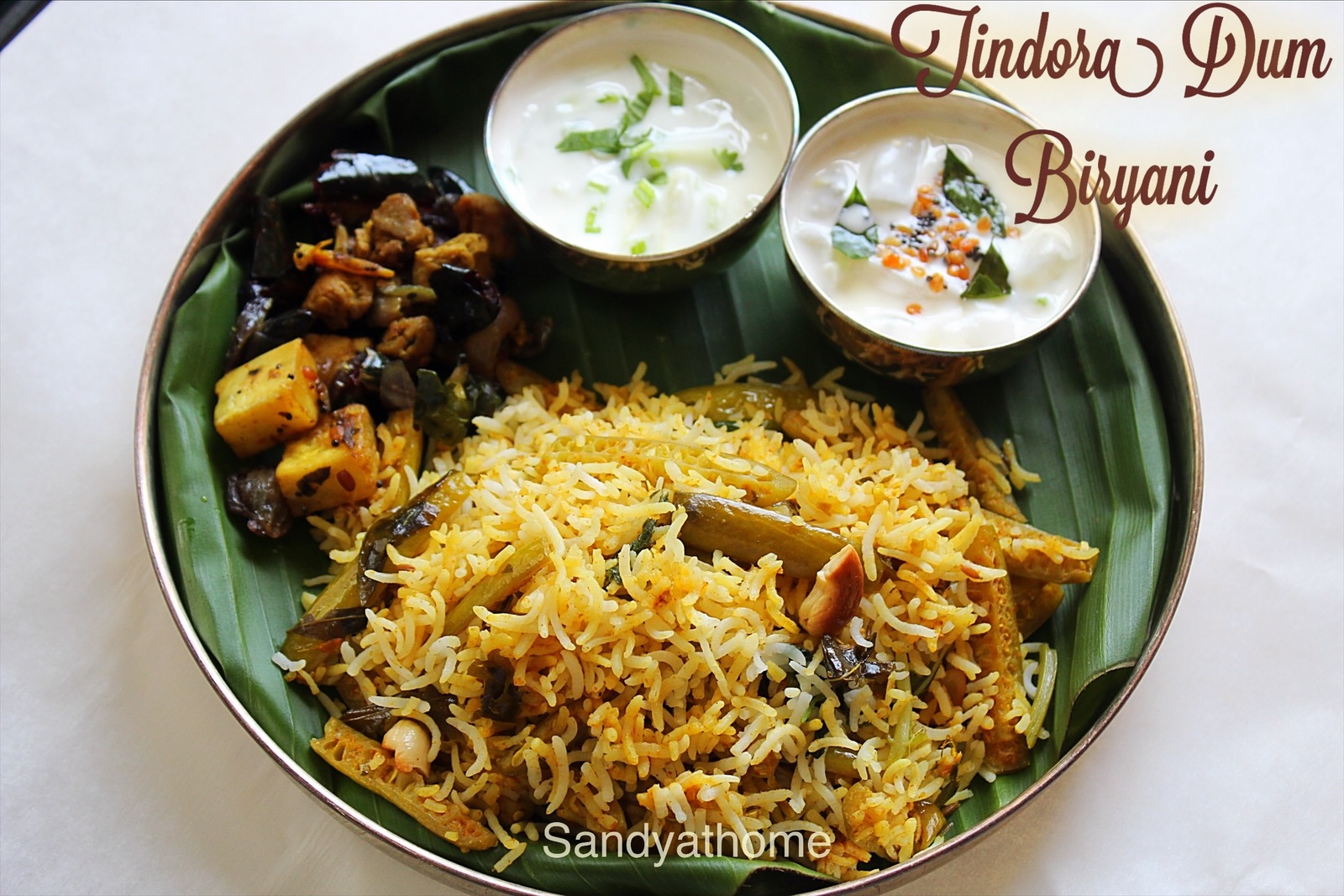I came across these dry, twisted pods at the Indian store this summer. I picked them up — because I knew my dad and my husband liked them.
I tasted these pods for the first time while sitting under a tree on a beach in Hawaii. I remember picking one up out of curiosity, and my husband smiled and said, “That’s Kodukkapalli.”
All content on this page — including the Kodukkapalli Charu/ Kodukkapuli Rasam recipe, story, wording, presentation, and styling — is original and exclusively created for Sandyathome. Copying, rewriting, paraphrasing, or reposting any part of this content is strictly not allowed under any circumstances.
I had never tasted it before — tangy, a little sticky, and so unique.
That moment brought back an old memory… My dad used to really love these pods. I hadn’t connected the dots until that day. And that’s what made me want to cook with it — not just for the taste, but for the people I love who grew up with it
I started asking a few elders how they were used or than relishing a s snacks and one of the first things they told me was, “Make rasam with it.”
So I did.
The pulp from these pods has a mild, earthy tang — different from tamarind but just as comforting. With a bit of crushed garlic, cumin, pepper, and a simple tempering, the rasam came together beautifully.
It’s not the kind you’ll find in restaurants or recipe books, but the kind that quietly fills the house with warmth.
A rasam that feels like it’s part of the family — not just something to eat.
A Note from My Revival Series
If you’ve already tried the pachadi, you’ll love this rasam — and together, they form a little mini-thali from the past.
I recently shared a sweet pachadi made from Kodukkapuli, simmered gently with jaggery and warm spices — and to my surprise, many of you messaged saying it reminded you of your paati’s cooking.
That gave me the nudge to try this rasam too — a savoury, comforting side to go along with that pachadi.
Both are simple. Both are forgotten. And both come from the same wild pod that most of us now walk past without noticing.
A Bit of Kodukkapuli History
It was simple food — not from a store shelf, but from a tree in your own backyard.
Kodukkapuli, also called kodukkapalli in Telugu, is a wild pod that grows on thorny trees found across South India — especially in dry, red soil regions.
The name comes from the Tamil word “kodukka” meaning “to give” and “puli” meaning sour fruit or tamarind. It literally means “the pod that gives” — and true to its name, it was once freely foraged and shared.
In older days, people used it in place of tamarind to make rasam, pachadi, thokku, and even rice mixes. It was especially handy during off-seasons, or in homes where tamarind wasn’t available.
Though it’s rarely found in today’s kitchens, elders still remember chewing the raw green pods or making quick rasam with it when someone had a cold or upset stomach.
Jump to RecipeIngredient Role Table for Kodukkapalli Charu/ Kodukkapuli Rasam
| Ingredient | Role in the Recipe |
|---|---|
| Kodukkapuli/ Konakku/ Manila tamarind/ Jungle Jilebi Kodukkapalli pods | Main source of sourness. Adds an earthy, foraged tang lighter than tamarind. |
| Garlic (crushed) | Adds warmth, depth, and digestive comfort. Brings balance to the sour pulp. |
| Crushed pepper & cumin | Signature rasam flavour. Helps with throat clearing and digestion. |
| Turmeric powder | Adds a golden glow and gentle healing. |
| Gundu Milagai / Guntur Small Chilli | For smoky heat and a rustic red colour. Gives the rasam its soul and slight spice lift. |
| Mustard seeds | Used in tempering for nuttiness and classic South Indian aroma. |
| Curry leaves | Adds freshness and a homely finish to the tempering. |
| Ghee or gingelly oil | For tempering. Ghee makes it comforting, gingelly oil adds a deep, earthy base. |
| Salt | Brings out all the natural flavours. |
| Water Toor Dal | Forms the rasam’s soothing base — gently simmered with the ingredients. Adds gentle thickness and a soothing feel. Balances the tang from kodukkapuli and helps make the rasam more filling. |
You May Also Like these Recipes:
Directions to make Kodukkapuli/ Konakka rasam with step by step images
- Prepare the pod pulp: Lightly crush the kodukkapuli pods using a mortar and pestle or hands. Remove seeds. Add 1 cup warm water and squeeze to extract pulp. Strain (optional) and keep aside. I used it without straining.

- In a small kadai/ pot, heat ghee or oil. Add mustard seeds, hing let them splutter. Add red chilli and curry leaves. (I like to temper first as infuses better flavors in rasam)

- To the tempering add pulp with 1½ cups water, cooked toor dal, crushed garlic, cumin, pepper, turmeric, and salt. Saute for 30 seconds. Add crushed konakka/ kodukkapuli mixture, cooked dal, 1½ cups water and salt. Let it simmer on low flame for 6–8 minutes. Don’t boil too long — it should stay light and frothy.

- Once frothy turn off. Serve hot — plain, or with rice and a drizzle of ghee.

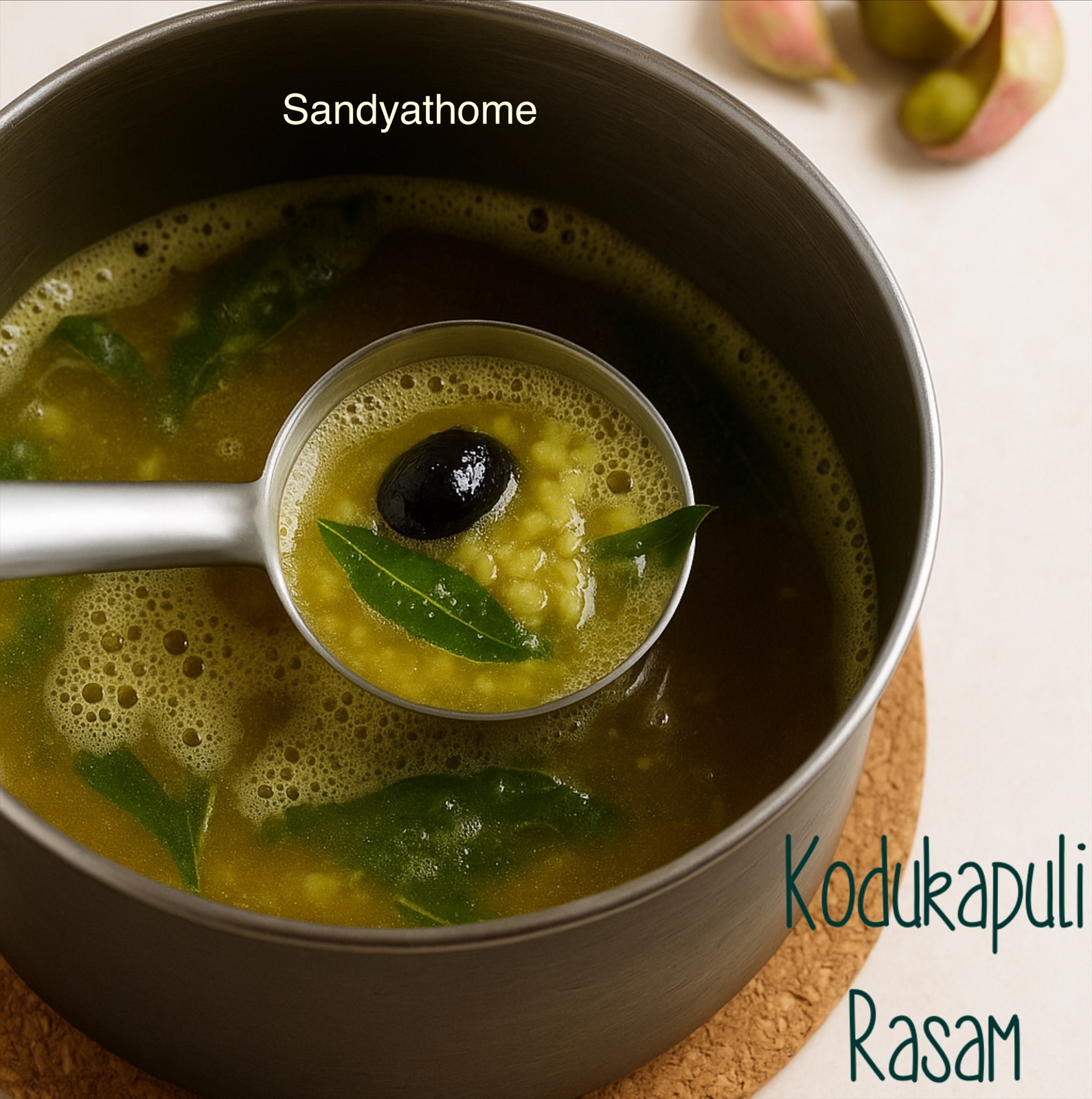
Pro Tips to make tasty Konakka/ Kodukappali Charu
- Use green or semi-ripe pods for rasam — ripe red ones are better for sweet thokku or pachadi.
- Don’t overboil the rasam — simmer just enough for the garlic to soften and flavours to come together.
- Crush, don’t powder the cumin and pepper — this keeps the rasam light and aromatic.
- Use gingelly oil for traditional flavour, but ghee makes it extra comforting if serving as a soup.
- If the pulp turns brown, it’s either overextracted or too ripe — strain gently and use immediately after pulping.
- Add a torn gundu milagai to the tempering for rustic colour and smoky warmth.
Serving Suggestions Seema Chinthakaya/ Kodukkapalli Charu
- Serve as a hot drink on cold evenings or when feeling under the weather.
- Poured over hot rice with a spoon of ghee and side of paruppu usili or appalam.
- Add a side of poriyal (like keerai or beetroot) to make it part of a healing mini-thali.
FAQ- Kodukkapalli/ Konakka Rasam
You can use Kodukkapuli pulp as a natural alternative to tamarind. It gives a lighter, earthier sourness perfect for traditional rasams.
Yes! This traditional kodukkapuli rasam uses only crushed pepper, cumin, garlic, and turmeric — no commercial powders needed.
Yes, kodukkapuli is known for its digestive and cooling properties, and is traditionally used in rasam during hot weather or when someone has indigestion.
It’s best to use green or semi-ripe pods for rasam. Ripe ones are better suited for sweet pachadi or thokku.
Sambar Varieties
Chinna vengaya sambar, How to make onion sambar
Small onion sambar/ Shallots sambar/ Vengaya sambar / Pearl onion sambar call it by any…
Tiffin sambar recipe, Hotel style tiffin sambar
Tiffin sambar is a delicious and very flavorful sambar prepared specially to be served with…
Instant besan sambar recipe, Kadalai mavu sambar, Quick tiffin sambar recipe
Instant besan sambar/ Kadalai mavu sambar (in tamil) is a quick and easy version of…
Instant sambar recipe, Fried gram dal sambar, Tiffin sambar
Instant sambar/ Fried gram dal sambar is a really quick and easy to make sambar…
